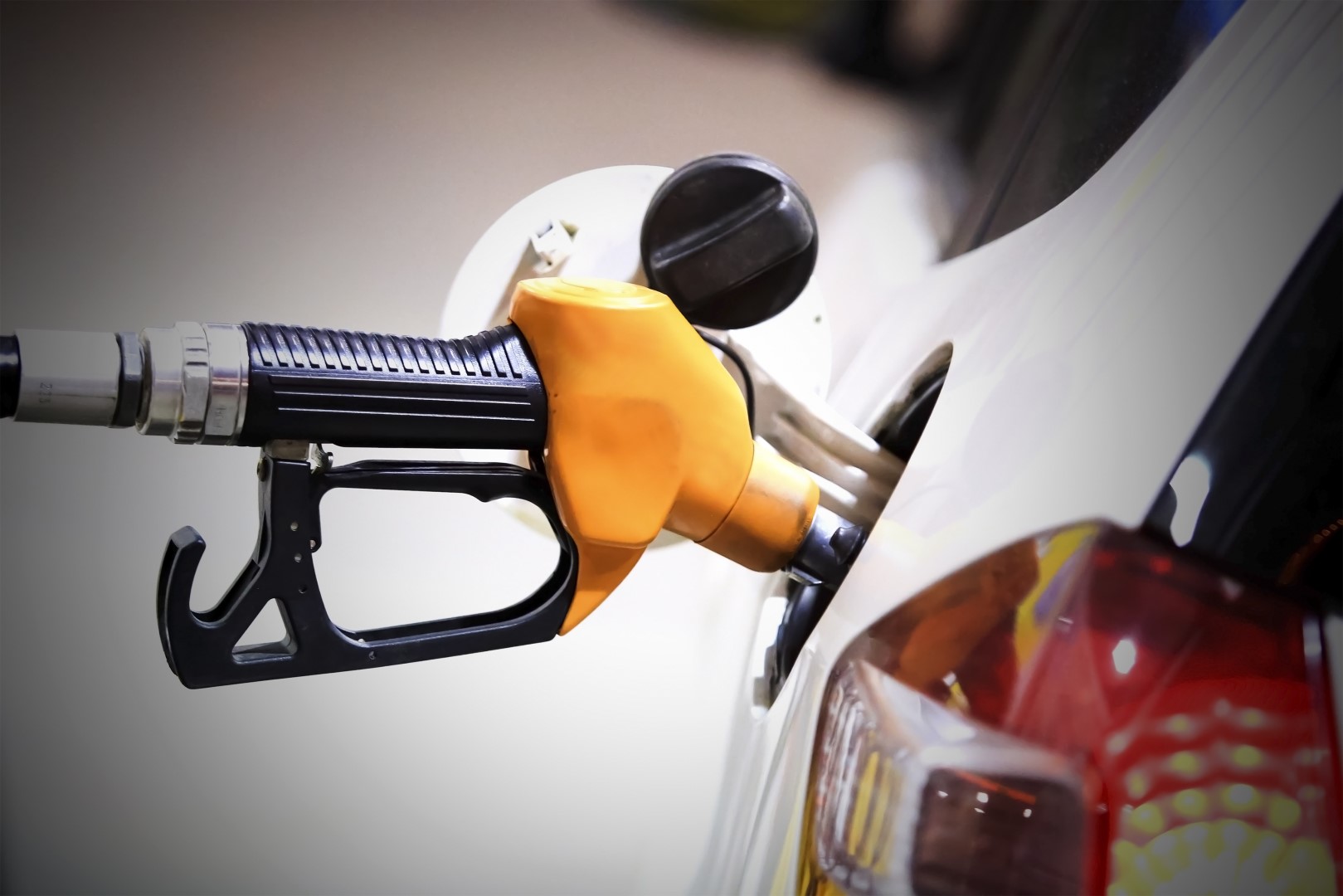

The federal Environmental Protection Agency (EPA) Renewable Fuel Standard (RFS) 2017 proposal suggests potential increases for higher ethanol blends in gasoline.
The RFS was originally intended to decrease greenhouse gas (GHG) emissions, but over time the National Association of Clean Air Agencies discovered that it had produced higher emissions of nitrogen oxide and other harmful pollutants based on the lack of efficiency and how it processes when used. John DeCicco, a research professor at University of Michigan’s Energy Institute, said, according to Morning Consult, “he has found ethanol’s net emissions to be as much as 70 percent higher than traditional gasoline.”
Additionally, RFS requirements have been affecting the marketplace for many years now. We have seen increased costs to consumers in fuel and food, as well as increases in dedicated crop or land to produce ethanol. We have learned that ethanol blends higher than 10 percent could damage engines in motorcycles, boats, off-road vehicles, small engine equipment and classic cars.
Meanwhile, the EPA RFS timeline projections have been so aggressive over the years that it has resulted in an inability for companies to comply with federal laws. And, the federal government has allowed lack of compliance due to the many unforeseen negative effects of increased ethanol requirements.
Thankfully, the Food and Fuel Consumer Protection Act, H.R. 5180, can help point us in the right direction and utilize market driven percentages to calculate how much ethanol should be mixed into gasoline. This legislation would put a cap on the maximum volume of ethanol blend into the transportation fuel supply. It requires the Energy Information Administration to determine the amount based on market demand from prior years and the current estimate would cap the requirement at 9.7 percent.
Florida U.S. Representatives Bill Posey, Lois Frankel and Gus Bilirakis already co-sponsor this great legislation. We are hopeful that other elected officials, including Representatives John Mica and Dennis Ross, also will also agree to be co-sponsors.
By the public supporting and elected officials co-sponsoring H.R. 5180, we are putting the focus back onto market utilization and therefore moving away from the inability to comply with the RFS and its 2017 projected plan, which could include the additional use of 85 percent ethanol and therefore further increase GHG emissions.
Each voter has tough decisions to make this election season, and we should be able to rest easy knowing the elected officials representing us are supportive of forward-moving, positive and environmentally friendly policy changes, such as H.R. 5180. This good legislation will give the EPA RFS program the direction it needs, helps keep our economy safe and our environment clean.
As you contact or speak to your U.S. elected officials, as well as those who are running for office, please remind them of this good policy change and that they should support H.R. 5180 moving forward.
___
Ned Bowman is executive director of Florida Petroleum Marketers and Convenience Store Association.




One comment
James P. Hatch, Energy Vision LLC (Florida)
August 17, 2016 at 11:24 am
This piece criticizes ethanol and the Renewable Fuel Standard (RFS), making false, exaggerated claims that have become the standard ammunition for misleading and deceptive attacks against biofuels.
The most concerning claim in the piece cites a research paper from John DeCicco that was funded by the American Petroleum Institute (API), alleging that ethanol’s net emissions are higher than gasoline’s. That claim on its own is sufficient to question the validity of the entire piece. The Argonne National Laboratory data shows that ethanol reduces greenhouse gas emissions by an average of 34 percent. Global ethanol production and use is estimated to reduce greenhouse gas emissions by 110 million metric tons annually – the equivalent of taking nearly 20 million vehicles off the road each year. Ethanol is a clean, renewable biofuel, and to suggest its environmental impact is more severe than burning dirtier fossil fuels is patently false.
Meanwhile, the ethanol and agriculture industries have worked together to make significant gains in production efficiency every year. The increase in corn production used to make ethanol has primarily been achieved through crop switching and technological advancements. Farmers today grow five times as much corn as they did in the 1930s while using 20 percent less land. Due to this progress, it is possible to grow more than enough crop to feed and fuel the United States. In fact, according to EPA’s Greenhouse Gas Inventory, there is no indication that native grassland has been converted to cropland since 2005, the year the RFS was enacted. Furthermore, creating ethanol from corn also creates a coproduct, distillers grains (DDGs), which is an extremely nutrient-rich feedstock that is used to feed farm animals.
The RFS is the most successful energy policy of the past four decades. It was signed into law to decrease our dependence on foreign oil imports and to reduce harmful emissions, all while providing consumers with a choice and savings at the pump. On all counts, the RFS has succeeded – and to claim otherwise is simply disingenuous.
Comments are closed.